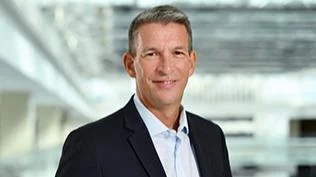Despite this decline, there are benefits to maintaining these flights. The planes sent to Hawaii would otherwise be idle between scheduled mainland flights. Additionally, using crew members with extra legal duty hours rather than fresh dedicated crews can be cost-effective. Interisland flying also extends Southwest's reach and connectivity within Hawaii, potentially boosting revenue for mainland-Hawaii flights.
However, operating in Hawaii requires a dedicated base and sales support, including an additional spare plane. These operations have proven more costly than anticipated due to reliance on Boeing 737 MAX 8 aircraft instead of the smaller and less expensive MAX 7.
A key strategic reason for maintaining intra-island flights is securing prime gate access for mainland schedules. To retain preferential use gates, Southwest must schedule at least six flights per gate; reducing this would necessitate spreading out flight times and offering fewer peak-time departures.
"The time channels are quite sensitive," Watterson explained. "When people are leaving the West Coast, they prefer to leave not too early in the morning — let’s call it eight-ish plus or minus an hour — and arrive midday into the islands to get to the hotel and have beach time. Then they fly back in the daytime and arrive in the evening. And that means you really want to be able to have access to gates in Honolulu."
This strategy aims at securing desirable gates but raises concerns about occupying space others could use more efficiently. From a regulatory perspective, it's crucial for airlines to have gate availability assurances while ensuring committed spaces are utilized effectively or reassigned if underused.
Looking ahead, once Southwest starts operating redeye flights from Hawaii—allowing them to reach further east—they may reduce intra-island services if redeyes complement current operations without requiring additional intra-island connections.
Despite its focus on West Coast-Hawaii routes currently being limited by accessibility issues for travelers outside this region, Watterson hinted at broader plans: “There will be some [redeyes] in Hawaii,” he said. “The majority will probably be elsewhere.”
Hawaii remains significant for Southwest’s Rapid Rewards program and its profitable credit card business; however, Aruba holds the top spot as their biggest redemption destination due primarily to accessibility constraints on Hawaii-bound flights.
 Alerts Sign-up
Alerts Sign-up



































